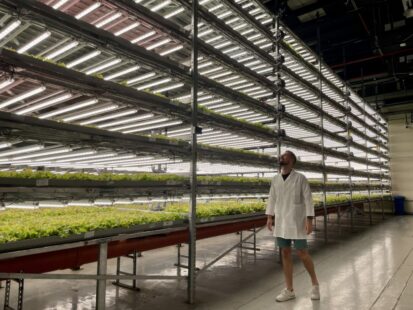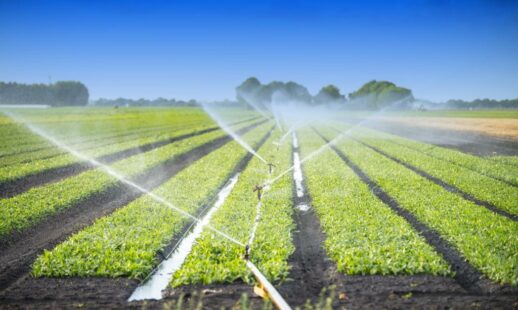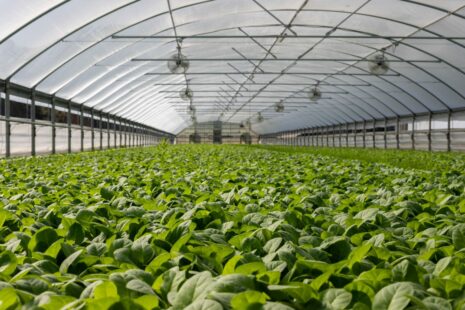
June 21, 2024 • ALL SEASONS WORKFORCE AUSTRALIA

Australia is the second largest exporter of almonds! However, this feat was not achieved overnight. The origins of the almond crop occurred in Adelaide Hills and the industry expanded into the South Australian Riverland. Almond harvesting is totally dependent upon the variant of the nut. Nevertheless, as a rule of thumb, almonds in Australia are harvested from February to April. Harvest should begin when about 95 per cent of the nuts have hulls that have split open to expose the in-shell almond inside. Hull split begins in the top of the tree and progresses downward. However, late harvesting of almonds significantly reduces crop productivity and lowers the nut quality, while shortening the storage period. It is also important to keep the tree well watered up to the time of harvest, since the hulls will not split well if the tree is water stressed.
JOB OPPORTUNITIES
The annual Australian almond harvest opens the doors to a great range of career options for those who are looking for farm jobs. Even though it is a short and intense season, it offers great rewards for those who diligently complete the tasks assigned to them. These positions are available for Australian residents, grey nomads, backpackers and visa holders.
WHICH ROLES ARE AVAILABLE?
The busy harvest season usually runs from three to six months. Even though the tasks are intensive, the pay is extremely favourable, and there is a wide range of roles available for the candidate to select from. In fact, skilled employees who perform well may even be offered permanent opportunities for the upcoming harvest seasons. Some of the positions that are available are:
Farm Hands
Hand Harvesters
Pruners
Tractor Drivers
Sanitisation Staff
Supervisors
Loader/Operators
Forklift Operators
QA Officers
During the harvest season, employees are asked to work on rotational shifts that are rostered. The farms operate 24/7 and workers are offered 12 hour shifts. This routine is usually followed till the season ends.
CHARACTER ATTRIBUTES OF A SUCCESSFUL ALMOND HARVESTER
Those individuals who are capable of working in dusty and extreme conditions will be successful during the harvest season. Moreover, workers must be free of any physical ailments including allergies and asthma. Since the season is a short one, the timings are intense, and thus workers need to perform at their optimal level during their whole shift. Additionally, the almond harvesting season is a dynamic one, so it is crucial to understand that the shift can change at any season.
Some of the major requirements are:
Physical fitness and ability to work flexible shifts
Committed performance throughout the season
Free from dust allergies and asthma
Dedicated to the safety of team members
Able to pass all standard drug tests
Therefore, if this is something that resonates with you, be sure to register for the upcoming almond harvest!

The first commercial-scale solar-powered and carbon-neutral farm in Australia could be on the horizon. However, instead of large farm fields, it’ll be placed within city buildings. Eden Towers, based in Western Australia, has announced intentions to build four 12-meter-high growth tower platforms for a precision-controlled indoor habitat where plants can thrive without soil all year. The […]
Read More →
Irrigation covers only 5% of Australia’s tilled agricultural land but delivers 30% of total agricultural output. Agriculture utilises 50-70 percent of Australia’s annual water use, with irrigation accounting for 90 percent of that. Regulations and licences govern the vast bulk of irrigated water use. Irrigators require a permit to draw specific amounts of water from […]
Read More →
Due to the fact that some farmers in the flood zone plant their crops under cover, they were mostly unaffected when lettuce prices spiked to $10 as a result of the catastrophic weather in New South Wales and Queensland. According to experts, protected cropping may hold the answer to maintaining cabbage in its proper place—in […]
Read More →